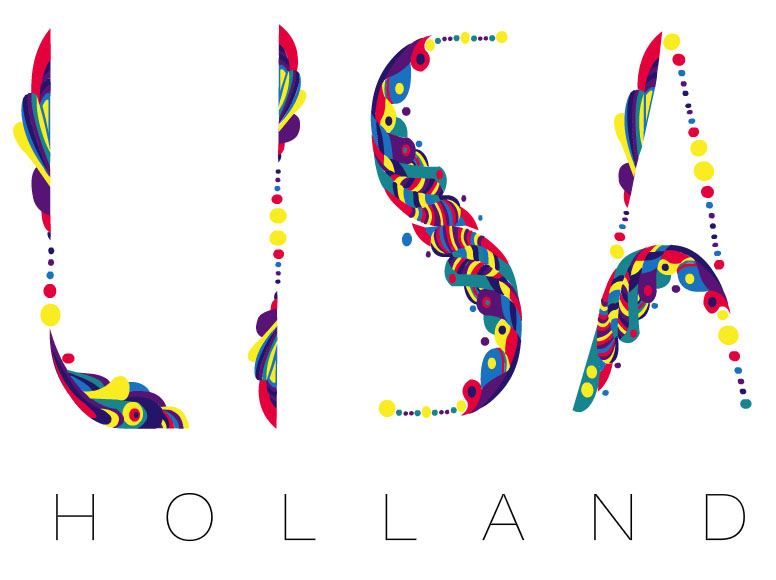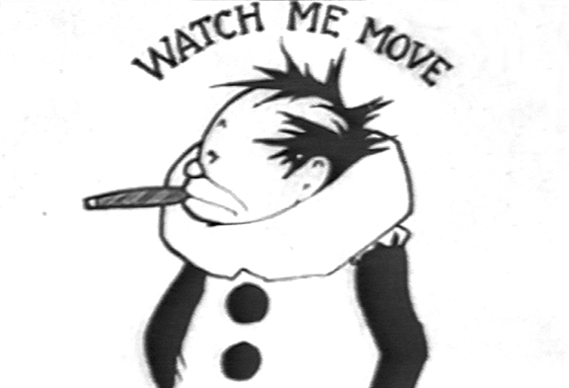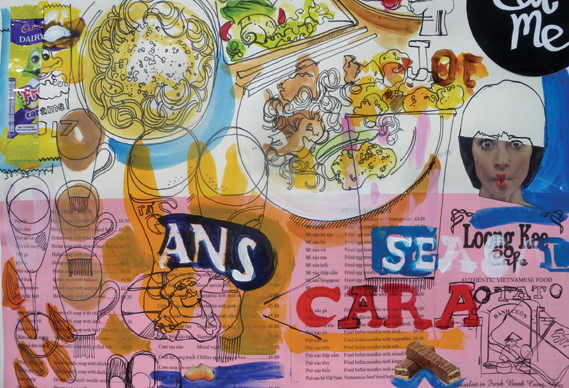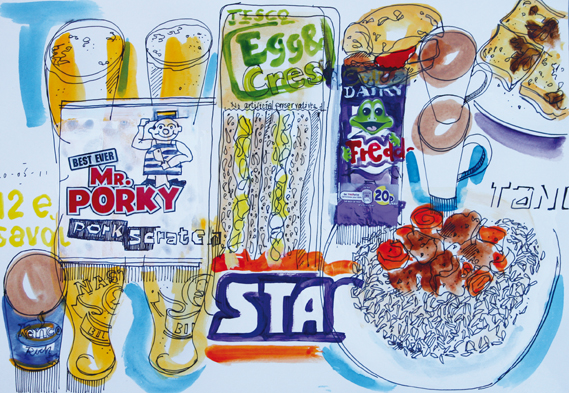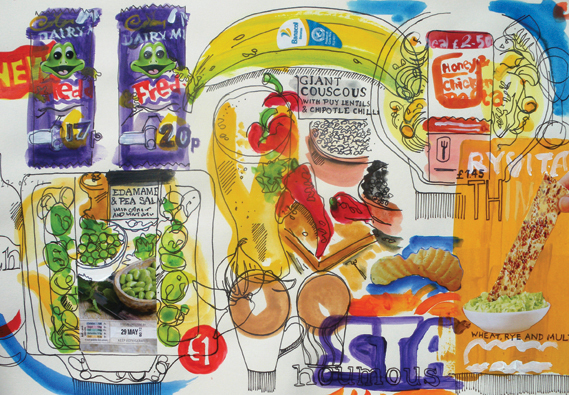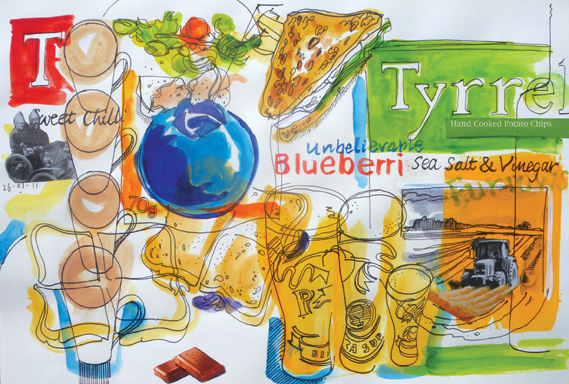Building a brand isn’t the easiest task in the world or the most important; a well-established brand requires a great deal of time and money. The tremendous effort of obtaining a serious brand, when this is successfully finished, is rewarded and the profit is huge. The examples are numerous in our global economy, but everyone should know that in this process a small element plays a big role.
A logo is a small graphic element, which may contain words, letters or/and shapes. Regardless its structure, a logo is the entity, which makes the connection between the clientele and the company/website who own this. In accordance with the previous statement that means a logo is very important; personally I believe it’s true 100%. It is unfair, but usually people don’t have the time or the opportunity to check the quality of all the products in this world and as a result they apply a superficial judgment; a logo can be the construction upon which people base their opinions.
The specialists who are building logos are called logo designers and anyone can find them inside of the freelance job boards. They are numerous, but definitely there are enough people who have no acknowledgement about logo design. This article is written especially for the potential clients who didn’t care about logos until this moment and at the moment need one but it may be a pleasant lecture for any designer in order to refresh some basic principles.
1. A logo must be versatile
Initially a customer wants a logo for his website – nothing unusual and the creator of it doesn’t have any restrictions related to the logo-the happiest case. Although, after some time (years or months, really doesn’t matter) this client considers beneficial for his affair to put the logo on a banner, thus we must have here a print version.
Unfortunately in many cases this version doesn’t look as good as the online one. Trouble might arise here. To resume and to obtain the conclusion of this situation is pretty simple:a logo must be versatile, it should look the same in the header of a website, on a banner and even on a T-shirt. It’s a sign of professionalism. My advice for any potential buyer of a logo is: think twice before saying that you need a logo only for a website.
2. The king is always in black and white format
This point came as a completion of the previous one, but because it is very important, it needs a special treatment. Always, a quality logo will look appealing in a black and white format. It can be regarded as a prolonged versatility but it hides another impressing fact. In the most cases a black and white format emphasizes mostly the concept of the logo and not the graphical realization. There are trends, which are coming and leaving and any designer should pay attention to these to keep a logo updated but the concept of a logo remains and it must be eternal.
On the other hand, a black and white logo will be always on trend and consequently won’t be a mistake to make it using no colorization.
3. Simplicity is great
A simple logo isn’t a wrong one, but still many people (some of them logo designers) are circumspect regarding this concept. Their problem is related to the feeling of unfinished project when someone is seeing a simple logo, however here is another great advantage: a not very complicated structure is more easily to remember for ordinary people. A powerful logo is one that is known by the entire community and under these circumstances what is simple is amazing.
Studying the logos of the global recognized brands this premise is set solid, nothing more than three colors, one or two fonts, simple shapes. I believe the collection below is pretty enough:
4. Originality makes the difference
An original concept of a logo puts the owner in a special light and usually the advantages are immense. The logo should be considered the graphical representation of the people behind it and in a world full of opportunities and possibilities to stand apart is difficult but profitable. Having a common logo is equivalent of nothing to say or being a decent provider in an ocean of other more colorful solutions.
5. A memorable logo is the base of a successful brand
If someone sees a logo and after a few days remembers it, then the graphical work deserves its money. The purpose of a logo is to make in the mind of the folks the connection between the owner and a quality service/product and a memorable logo is the start in accomplishing this task. The big problem is how to effectively create a wonderful & memorable work? The answer is based only on talent and a lot of work.
